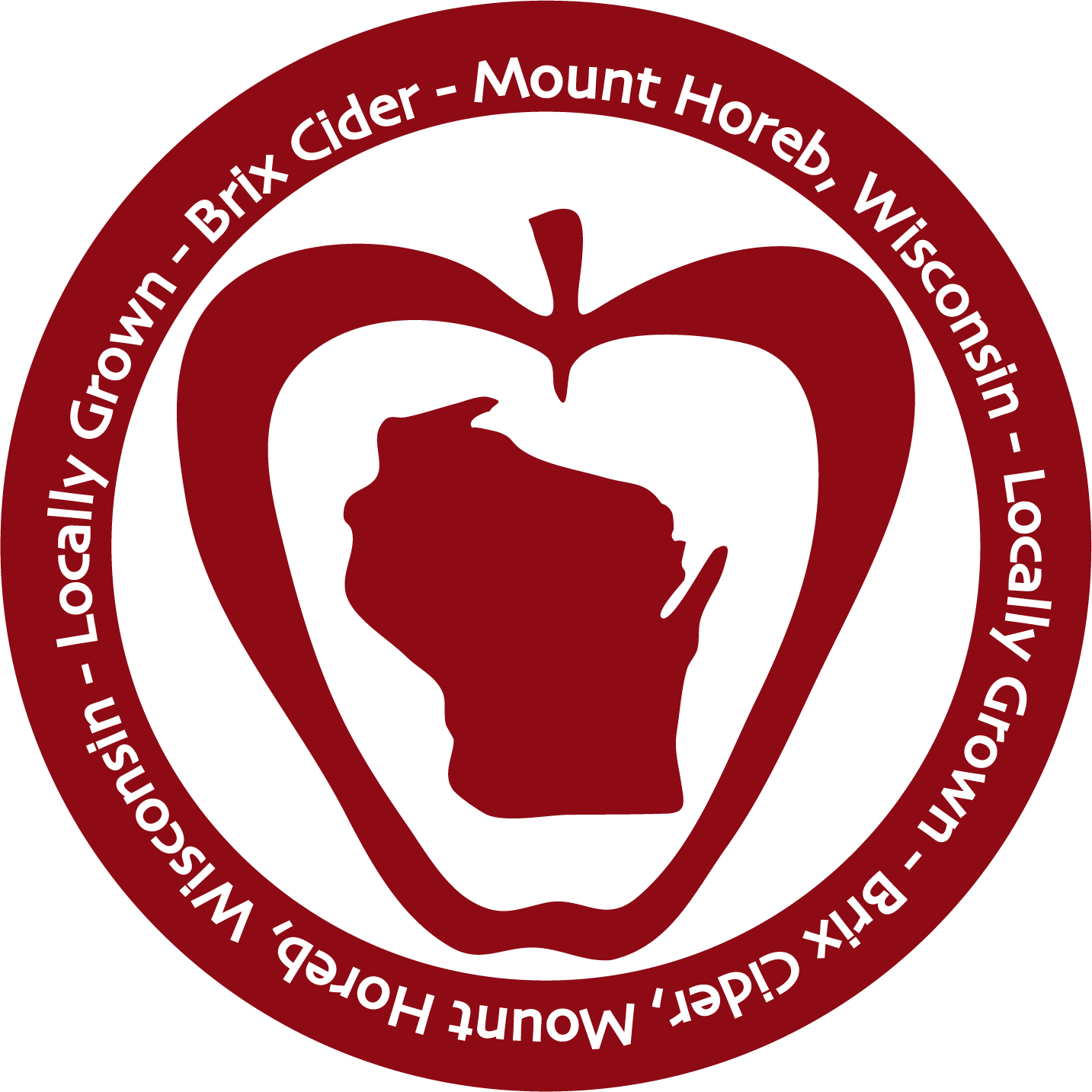Uncommon Crop Cider - Elderflower
About
Elderflower (Sambucus canadensis) is the same plant as elderberry which we also tested and described here. In the case of the elderflower, we are utilizing the flowers that bloom in late spring or early summer. There are related species of elderflower, including the more commonly cultivated European elderberry, but in this case we used the wild, native plants. Elderflower has a history of use in liqueurs, syrups, other foods and drinks, and as a natural medicine.
Harvesting and Processing Elderflower
Harvesting the wild elderflowers was actually quite quick and easy. The plants tend to grow in groups, and the tiny flowers grow in large clusters that can be quickly harvested. They are fairly common and easy to find along roadsides and forest edges. Just don’t pick them all so that you leave some for the birds. It’s best to pick them early in the morning, while it’s still cool and before the sun comes out. Their flavors and aromas are delicate and can be easily cooked out by the sun.
Above: A cluster of elderflowers
While harvesting the elderflowers is quick and easy, processing them is rather slow and tedious. The stems that the flowers grow on have an unpleasant planty taste, and they are actually mildly toxic. The petals therefore have to be removed from the stems. It’s best to do this work right away after picking while the flowers are as fresh as possible. For us it took 4 people about 4 hours each to process enough elderflower for use in one 50 gallon batch of cider.
Making the Elderflower Cider
We did multiple small batches of our elderflower cider because the first batch was quite popular. We experimented with a couple of methods. In one method, we poured boiling water over the elderflowers along with some lemon and orange to make and “elderflower tea” and we let it steep for a whole day before adding the tea to the cider. We also experimented with just putting the elderflowers directly into the cider after primary fermentation and removing them after a few days. The first method (making the elderflower tea) did seem to extract a little more flavor and aroma, but the second method (direct addition to the cider) retained a little fresher quality while being quite subtle. In both cases, we lightly sweetened the cider with honey, and we found that the floral notes of the honey and the elderflowers played nicely together.
Tasting the Cider
With the presence of both flowers and honey, we called this cider “The Pollinator” and we did 3 different batches of it. The first batch actually proved to be the most popular and subsequent batches, while still well liked, were not as wildly popular as the first one. We think that the primary difference was actually the apples used. The base cider in the first batch was actually very boring and kind of thin, but we believe it was this relatively light, simple cider that allowed the subtle flavors and aromas of the elderflowers to come through more clearly. In subsequent batches, the apple flavors and aromas crowded out the elderflower a bit.
In our survey of customers, The Pollinator scored a 7.5 out of 10, making it one of the higher scoring ciders in the group. While the flavors and aromas of the elderflowers were somewhat subtle in the amounts we used, they were quite pleasant, adding a unique floral note, freshness, and something hinting at anise.
Above: Label for our “Pollinator” cider made with elderflowers
Conclusions
We plan to do future batches of cider with elderflowers since they add some unique diversity to our menu of ciders. They’re also available at a time of year when not much else is ripe or available. The only real drawback was the tedious nature of processing the elderflowers, but even this wasn’t terribly difficult.


